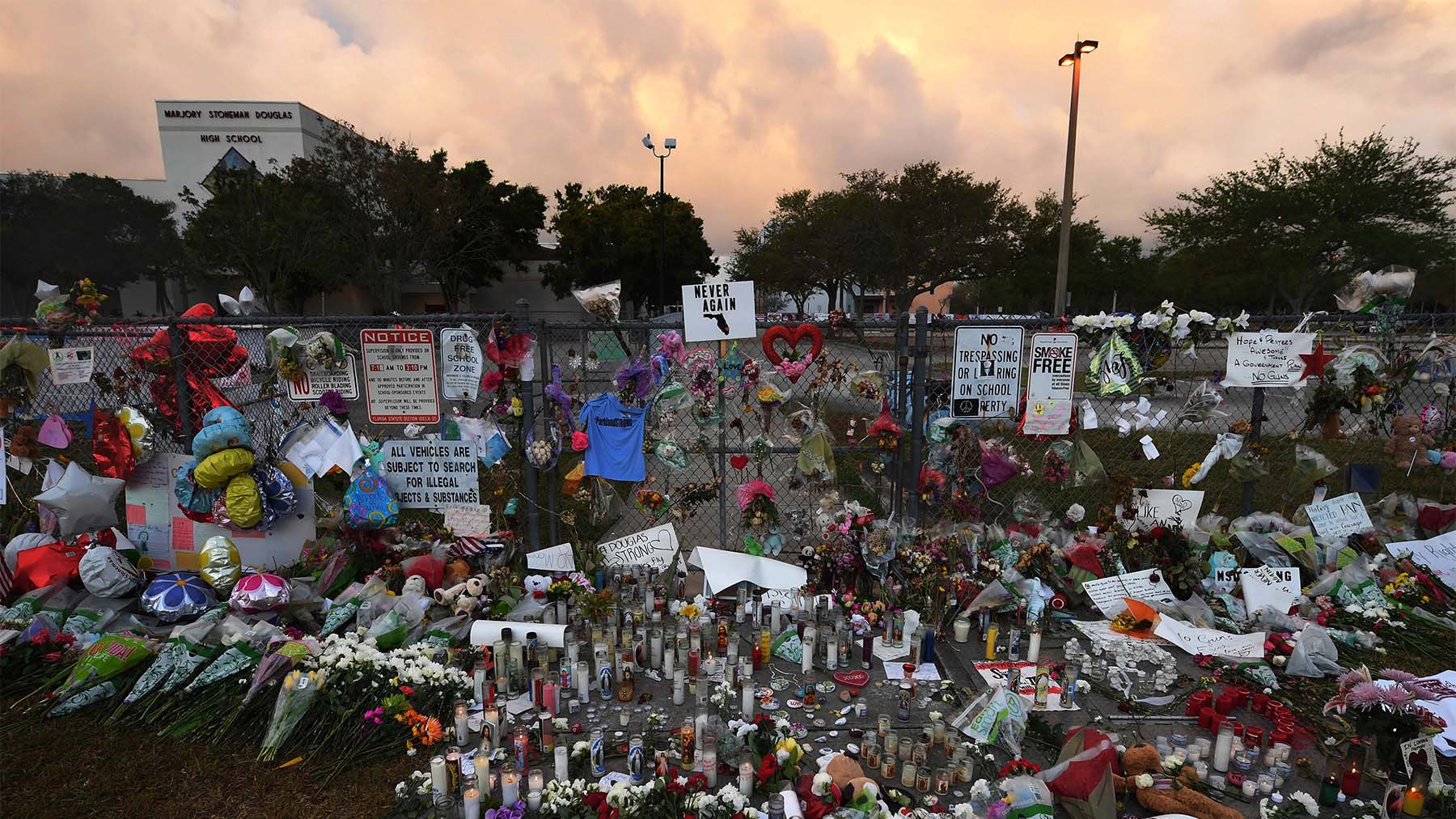With every passing school year in the U.S., a new class of Americans will inevitably be inaugurated into the community of those affected by gun violence. Inescapably, there will be a new population haunted by their tragedy.
Just over five years since the mass shooting at Marjory Stoneman Douglas High School in Parkland, Florida, the trial has begun for Scot Peterson, the former school resource officer who remained in the stairwell of a different building while the massacre ensued, claiming he could not discern the location of the gunfire. He is charged with child neglect, culpable neglect and perjury. He has pleaded not guilty.
This trial, like the one that sentenced the shooter to life in prison seven months ago, has already begun to reopen longstanding wounds within the Parkland community and beyond. I was 15 when, on Valentine’s Day 2018, a shooter killed 14 students and three educators, wounded 17 others and left an entire generation of students in the state traumatized. I did not attend Stoneman Douglas, but I was a student at another Florida high school at the time. I was also among the plaintiffs in a lawsuit that the Southern Poverty Law Center filed on behalf of students who were denied the right to speak up about school safety before the Marjory Stoneman Douglas High School Public Safety Commission after the shooting. The SPLC settled the lawsuit three years ago after the commission agreed to make its meetings accessible to the public.
Five years after the massacre, the impact of the devastation continues to haunt me. In early 2018, I could not place Parkland on a map. Today, I have panic attacks in university library bathrooms out of fear that the shouting downstairs is because of an active shooter.
Seven months ago, when the Parkland shooter was sentenced and the trial was adjourned, I was early to class, waiting for my professor, when the grief that came with the news alert ushered me back home, where I lay anxiety-ridden for days. This week, after I heard testimony from students my age about waiting to die after being shot and whether Peterson could have saved them, that grief reappeared.
There is still legal deliberation over who is to blame for these deaths, yet some have forgotten the most prominent factor. For decades, the argument by gun rights organizations against sensible gun control has been that the best solution to a bad guy with a gun is a good guy with a gun. Yet, in Parkland, there was a good guy with a gun, and he chose not to confront the shooter. But what if there were not a gun to begin with? What if, at just 18 years old, the shooter had not been legally allowed to buy his AR-15? Scot Peterson would not be on trial, and 14 children and three educators would still be alive.
Until Congress passes sweeping gun control legislation, there will continue to be Parklands, Santa Fes, Oxfords and Uvaldes, where the blame is often laid too late. Congress must accept the blame they have on this issue. I am tired of waiting for them to do so.
Kinsey Akers, a rising junior at Florida State University, is a summer reporting intern for the SPLC.
Photo at top: A makeshift memorial outside Marjory Stoneman Douglas High School on Feb. 26, 2018, in Parkland, Florida, 12 days after a mass shooting at the school left 17 people dead. (Credit: Matt McClain/The Washington Post via Getty Images)



